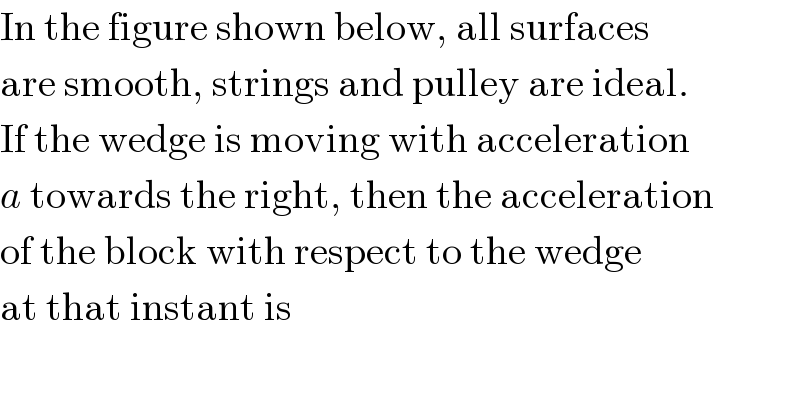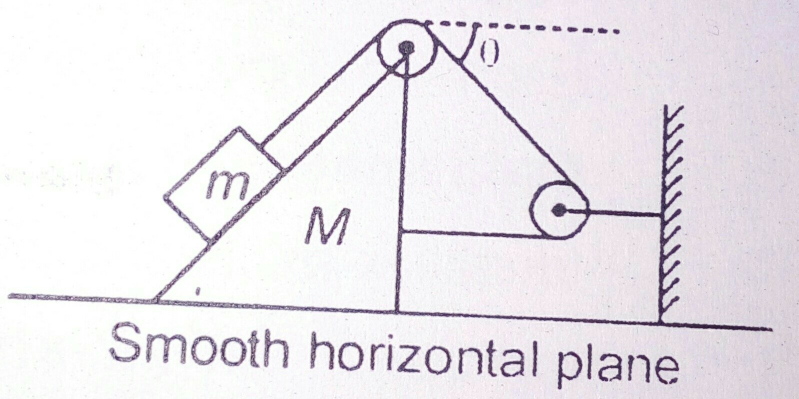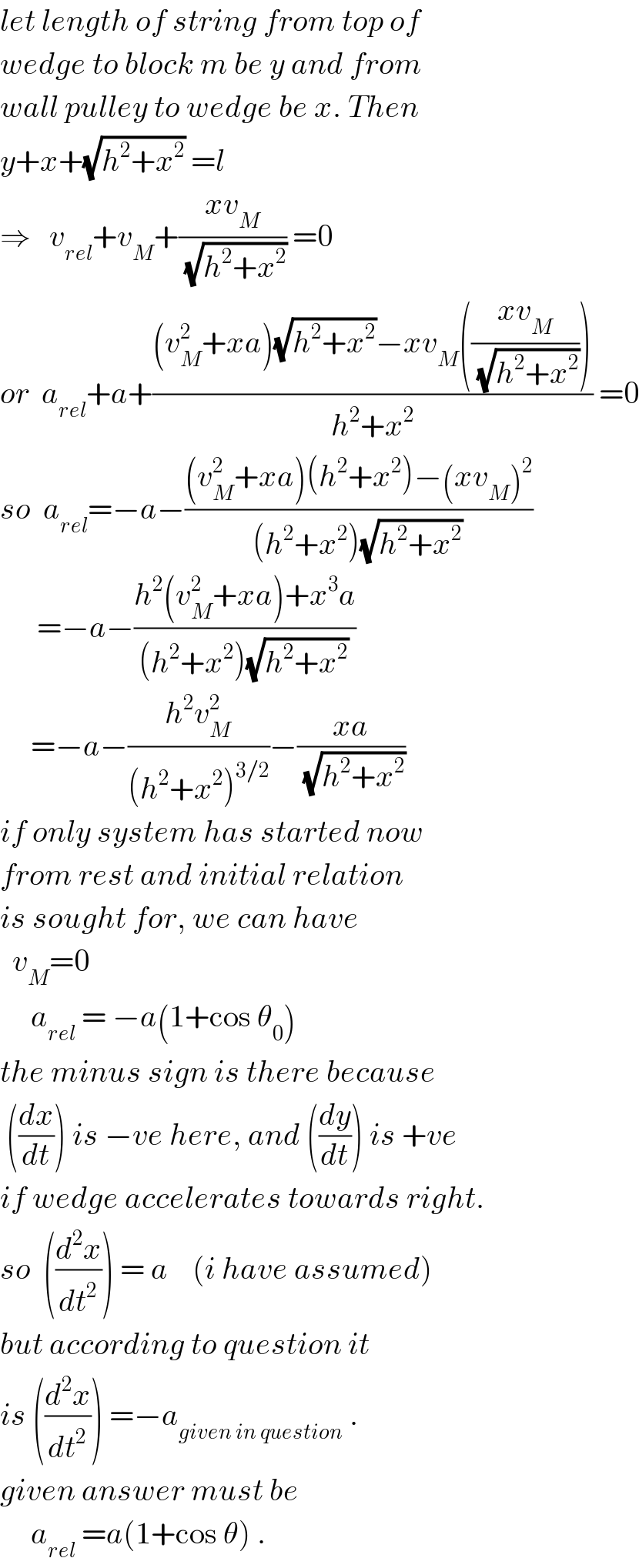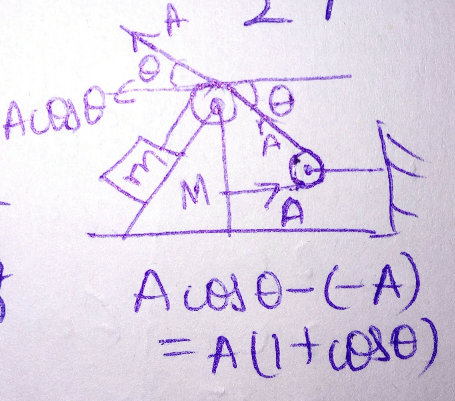Question Number 24301 by Tinkutara last updated on 15/Nov/17

Commented by Tinkutara last updated on 15/Nov/17

Commented by ajfour last updated on 15/Nov/17

Commented by Tinkutara last updated on 15/Nov/17

Commented by Tinkutara last updated on 15/Nov/17

